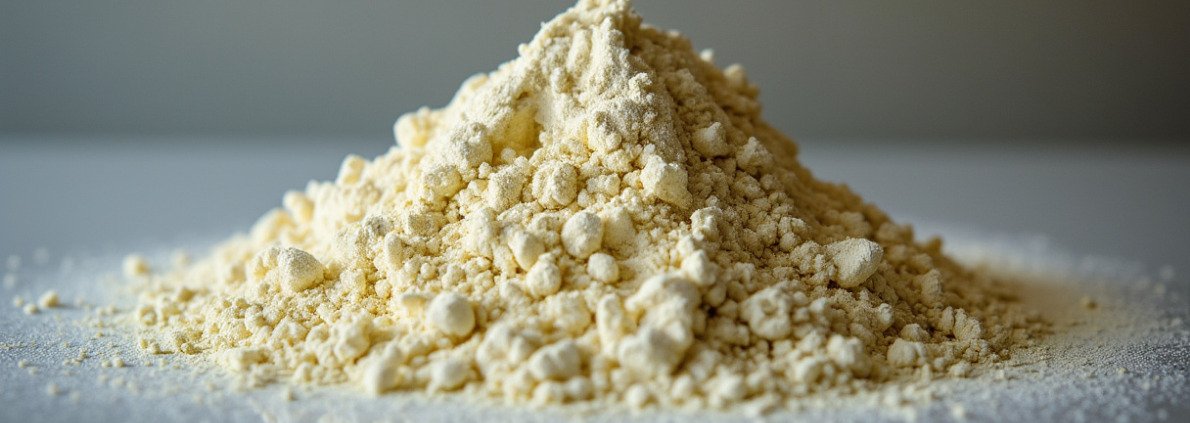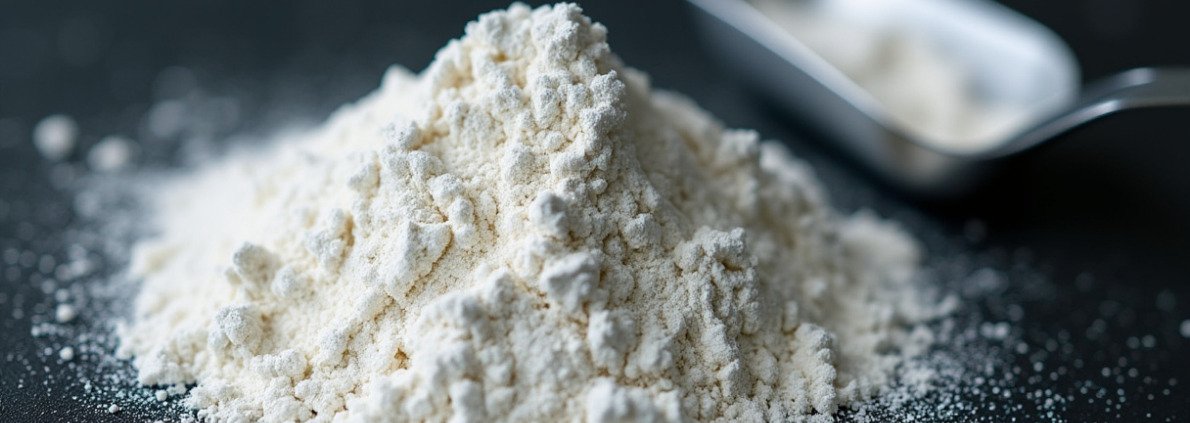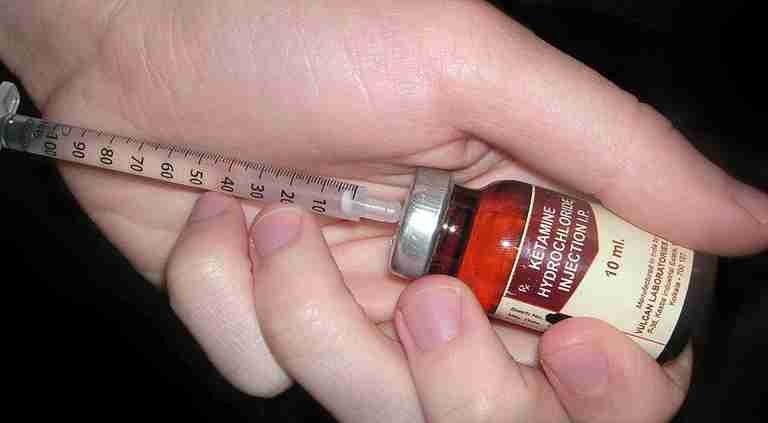Is Ketamine Safe for Recreational Use? Top 5 Risks
Is ketamine safe for recreational use? In short, recreational use of ketamine poses significant risks. Although some people might seek it for a quick escape from reality, its unpredictable effects and potential for harm make it a dangerous gamble.
- Recreational ketamine use can lead to unpredictable side effects.
- It poses serious health risks, like memory loss and bladder damage.
- The danger increases with higher or frequent usage.
- Medical use under supervision is different and considered safer.
Ketamine, known for its powerful anesthetic properties, has surged in popularity within recreational circles. This rise might be attributed to its short-term dissociative and hallucinogenic effects. However, such use is fraught with potential dangers, including cognitive impairments, mood changes, and in rare cases, severe physical health issues. While it can offer fleeting moments of euphoria, the long-term risks, like organ damage and psychological disorders, are concerning.
For those seeking relief from anxiety or other mental health conditions, the allure of ketamine’s effects might be tempting. Yet, the lack of supervision and regulation in its recreational use often outweighs any perceived benefits.

Simple guide to is ketamine safe for recreational use:
What is Ketamine?
Ketamine is a versatile drug with a range of uses in both medical and recreational contexts. Originally developed in the 1960s, it is primarily known as an anesthetic. In medical settings, ketamine is used to induce and maintain anesthesia, providing pain relief and sedation during surgical procedures. It’s favored for its rapid action and because it generally maintains cardiovascular stability, making it a go-to choice in emergency medicine.
Beyond its anesthetic properties, ketamine is also recognized for its psychedelic effects. At lower doses, it can induce a dreamlike state, causing users to feel detached from their surroundings. This dissociative effect has led to its popularity as a recreational drug, often referred to by street names such as Special K. Users report experiencing altered perceptions, hallucinations, and a sense of floating, which can be both enticing and risky.

However, it’s important to note that ketamine’s recreational use carries significant risks. While it may offer temporary euphoria, the potential for addiction and adverse health effects, such as memory loss and bladder dysfunction, cannot be ignored. Moreover, the legal status of ketamine varies by country, adding another layer of complexity for those considering its use outside of a medical setting.
In recent years, ketamine has gained attention for its potential therapeutic benefits in treating severe depression and PTSD. This has led to the development of esketamine, a derivative approved by the FDA for treatment-resistant depression. Unlike recreational use, these treatments are conducted under strict medical supervision to mitigate risks and monitor effects.
In summary, while ketamine has legitimate medical applications, its use as a recreational drug is fraught with dangers. Understanding the difference between its medical and recreational use is crucial for anyone considering ketamine.
Is Ketamine Safe for Recreational Use?
When it comes to is ketamine safe for recreational use, the answer isn’t straightforward. While ketamine has legitimate medical uses, recreational use is fraught with risks.
Addiction Risk
Ketamine has a reputation for being psychologically addictive. Users often find themselves chasing the dissociative high, leading to repeated use and potential dependency. Although physical addiction isn’t well-documented, the psychological pull can be strong, especially for those with a history of substance use disorders.
Health Effects
Recreational use of ketamine can lead to a range of health issues. Short-term effects include hallucinations, slurred speech, and impaired coordination. Long-term use can cause cognitive changes, memory loss, and even organ damage. A particularly concerning effect is bladder dysfunction, which can result in severe pain and urinary tract issues.
Legal Status
The legal status of ketamine varies worldwide. In many countries, it is classified as a controlled substance, making its recreational use illegal. This means that possessing, selling, or using ketamine outside of a medical context can lead to legal consequences, including fines and imprisonment.
In conclusion, the risks associated with recreational ketamine use are significant. The potential for addiction, serious health effects, and legal repercussions make it a risky choice for those seeking a recreational high.
Effects of Recreational Ketamine Use
Recreational use of ketamine can lead to a variety of effects on both the mind and body. While some users seek out the drug for its short-lived euphoria, the potential downsides are significant and can be long-lasting.
Hallucinations
One of the most well-known effects of ketamine is its ability to cause hallucinations. Users often report vivid, dream-like experiences that can be disorienting. These hallucinations are part of the drug’s dissociative properties, which can detach users from reality, leading to confusion and potentially dangerous situations.
Bladder Dysfunction
A lesser-known but serious side effect of recreational ketamine use is bladder dysfunction. This condition, often referred to as ketamine bladder syndrome, can cause severe pain and urinary issues. Research has shown that heavy use can lead to a small, painful bladder, ureteric obstruction, and even kidney damage. This damage can be permanent, underscoring the risks of frequent use.
Mental Health
Ketamine’s impact on mental health is another major concern. While some studies suggest ketamine may have antidepressant effects under medical supervision, recreational use can lead to mood swings, depression, and irritability. Long-term users have reported memory loss and cognitive impairments, which can affect daily life and overall well-being.
These effects highlight the complex nature of ketamine’s impact on the body and mind. While some users may experience temporary highs, the potential for long-term harm is significant.
Risks and Side Effects
The question “is ketamine safe for recreational use?” is a complex one, as the risks and side effects can be severe and unpredictable.
Psychosis
One of the most alarming risks associated with recreational ketamine use is psychosis. This condition involves losing touch with reality, characterized by hallucinations and delusions. Studies have shown that ketamine can trigger psychotic episodes, especially in those predisposed to mental health disorders. The drug’s dissociative effects can exacerbate these symptoms, leading to confusion and distress.
Cardiovascular Issues
Ketamine use can also lead to serious cardiovascular issues. It can cause increased heart rate and liftd blood pressure, putting users at risk for heart-related problems. In some cases, these effects can be life-threatening, particularly for individuals with pre-existing heart conditions. Medical professionals have noted that ketamine can cause cardiovascular overstimulation, which can lead to severe complications.
Overdose
The risk of overdose is another critical concern with recreational ketamine use. Taking too much can lead to unconsciousness, respiratory depression, and even death. The line between a recreational dose and a dangerous one can be thin, making it easy for users to accidentally overdose. Reports have documented cases where high doses led to a complete shutdown of the cardiovascular system, emphasizing the importance of caution.
These risks and side effects illustrate the potential dangers of using ketamine outside of a controlled medical setting. While some may seek the drug for its euphoric effects, the potential for serious harm cannot be ignored.
Frequently Asked Questions about Ketamine
Is ketamine addictive?
Yes, ketamine can be addictive, particularly in a psychological sense. Regular use can lead to dependence, where individuals feel they need the drug to function in daily life. Over time, users may develop a tolerance, meaning they need larger doses to achieve the same effects. This can lead to a cycle of increasing use, which heightens the risk of addiction.
The appeal of ketamine often lies in its dissociative effects, which can be enticing for those seeking escape from reality. However, this can quickly lead to habitual use and dependency.
How is ketamine administered?
Ketamine can be taken in several ways, each with different onset times and effects:
- Snorted: When snorted, ketamine typically takes 5–15 minutes to take effect.
- Injected: Injecting ketamine results in almost immediate effects, usually within one minute.
- Swallowed: Swallowing ketamine can take up to 30 minutes for effects to kick in.
Each method has its own risks, with injecting being particularly dangerous due to the rapid onset and potential for overdose.
What are the long-term effects of ketamine use?
Long-term use of ketamine can lead to serious health issues. Memory loss is a common concern, as the drug can impair both short-term and long-term memory. Users may find it difficult to recall recent events or even struggle with basic memory functions.
Depression is another significant long-term effect. While ketamine has been studied as a treatment for depression, recreational use can have the opposite effect, leading to mood swings and worsening mental health. Over time, these issues can severely impact a person’s quality of life.
Additionally, chronic use can result in ketamine bladder syndrome, a painful condition affecting the urinary system, as well as other organ damage. The combination of these effects underscores the importance of considering the risks associated with long-term ketamine use.
Conclusion
When considering the safety of ketamine for recreational use, it’s crucial to weigh the potential benefits against the risks. While ketamine can offer unique experiences, it also carries significant dangers, especially when used without medical supervision.
Medical Supervision
Using ketamine under medical supervision can help manage its risks. In controlled settings, professionals can monitor for adverse effects, such as liftd blood pressure or hallucinations. This reduces the likelihood of complications and ensures that the drug is used safely and effectively.
Harm Reduction Strategies
For those choosing to use ketamine recreationally, harm reduction strategies are essential. These include using the drug in a safe environment, avoiding mixing with other substances, and being aware of the signs of overdose. Educating oneself and others about the potential dangers can help prevent negative outcomes.
Buy Ketamine Crystals Online
Our service offers a wide range of ketamine products, including crystals, powder, and pills, delivered discreetly to your door. We prioritize quality and customer satisfaction, ensuring that our products meet the highest standards. If you’re interested in exploring ketamine, visit our shop for more information.
In summary, while ketamine has its allure, approach it with caution. Whether for medical or recreational purposes, understanding the risks and taking steps to mitigate them can lead to safer experiences.








